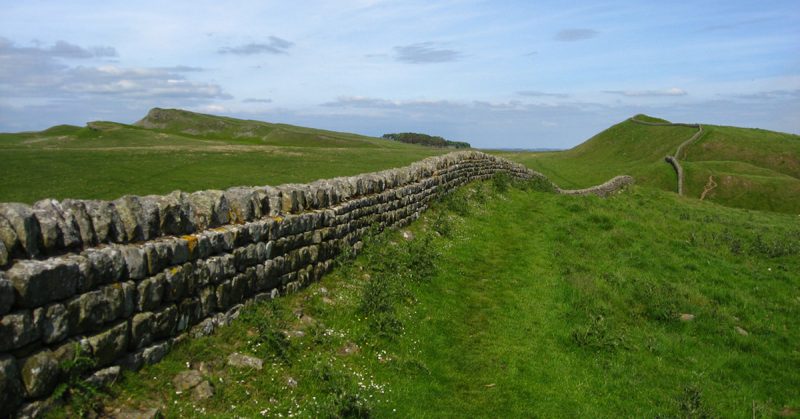The Romans built many enormous and impressive structures – castles, arenas, coliseums – that even today offer mute testimony to the ingenuity and brilliance of Empire engineers.
One of these structures, Hadrian’s Wall, bisects Northern England, from Bowness on the west, to Wallsend on the east. Although the wall is now mostly rubble and ruins, enough remains for us to visualize what was once the Empire’s most northern line of defense.
The wall was designed and built under the orders of Emperor Hadrian, after whom it was named. Construction began in 122 AD. According to historical documents, the emperor believed the wall would keep the cultured Romans from mingling with the “savages” living beyond it.
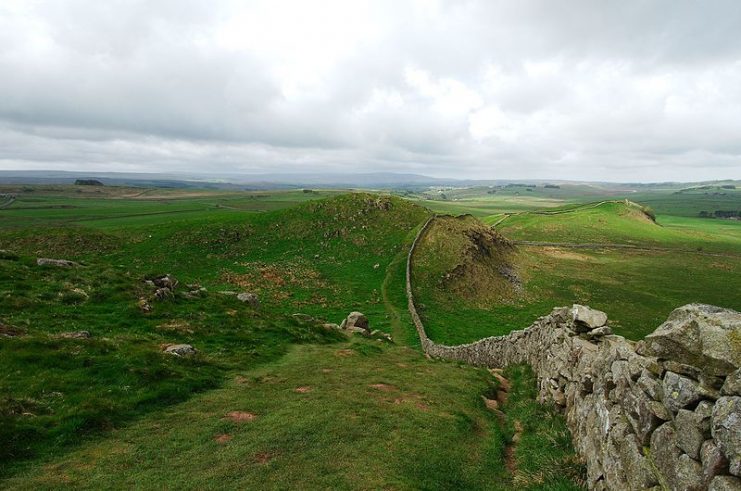
The wall was constructed to specific and exacting standards. It was intended to be ten feet (three meters) wide all along the route, which was more than 115 kilometers (73 miles) long. In certain places, it wasn’t possible to stick to that design wasn’t possible, so the wall in those spots was only six to eight feet (about two to two and a half meters).
Hadrian’s Wall was constructed by the same army personnel who would ultimately guard it. The legions were divided into three units during battles, and the construction crews followed the same pattern. The men who fought in a unit during battle joined together to build a specific section of the wall. Its length was an impressive feat, considering the times and the terrain.
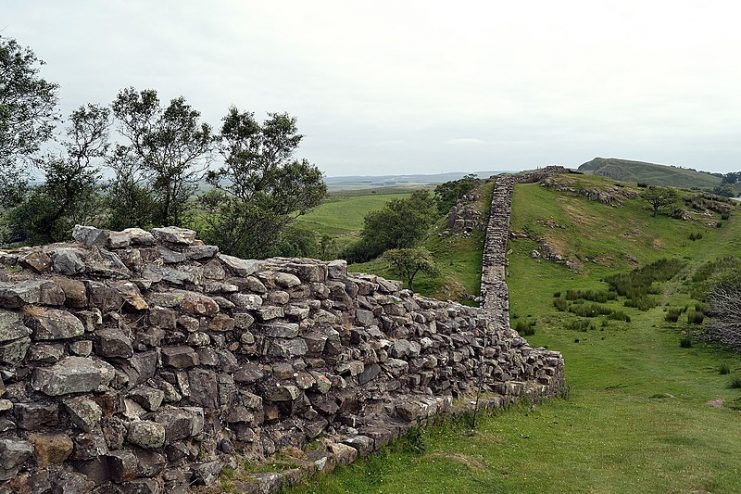
The wall was mostly made of stone or cobblestones, although other materials had to be used in some places, including timber and turf. But its entire foundation was made of cobblestones, no matter what material was used above that. Whenever the terrain allowed for it, the wall was built along the crests of hills, making it even taller. The materials used and the methods employed for construction helped keep costs down, a preoccupation of governments even in those days.
Forts of about 60 square feet (about 18 meters) were built approximately every mile so that people could pass through in a controlled fashion. To intensify the wall’s already frightening appearance, the whole structure was whitewashed so that it stood out even at great distances. How tall the wall actually was in Roman times can’t be known for sure, as too much of it has been lost to time and weather.
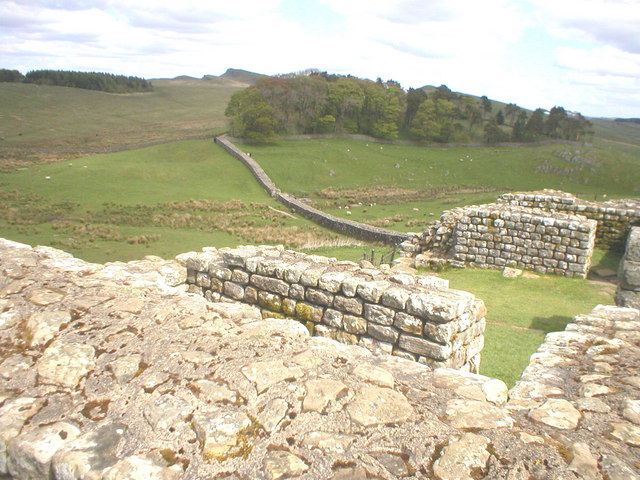
Roman soldiers from throughout the Empire guarded it. Records show that men from Holland and Belgium, to name just two countries, were stationed there.
As so often happens in any region that hosts a military installation, the area surrounding Hadrian’s Wall sprung to life. Soldiers had needs to be met, so civilian villages and businesses grew around the wall. Everything from food services to housing and medical care developed in spots nearby.
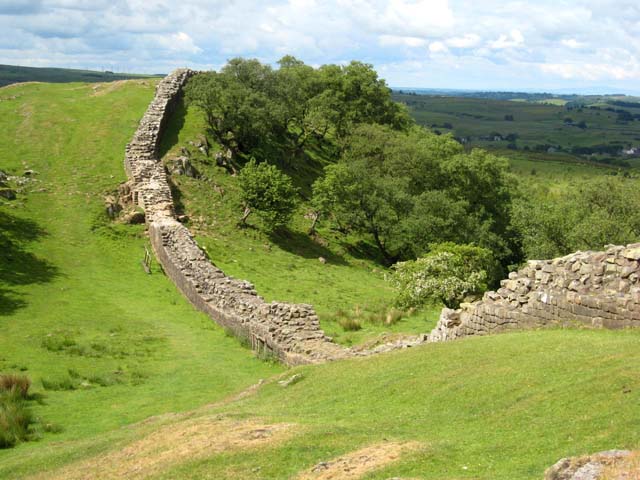
Medical care was a particular priority. Because of the constant, harsh winds the soldiers endured while on duty, the men often suffered from severe eye problems, including vision loss and chronic irritations.
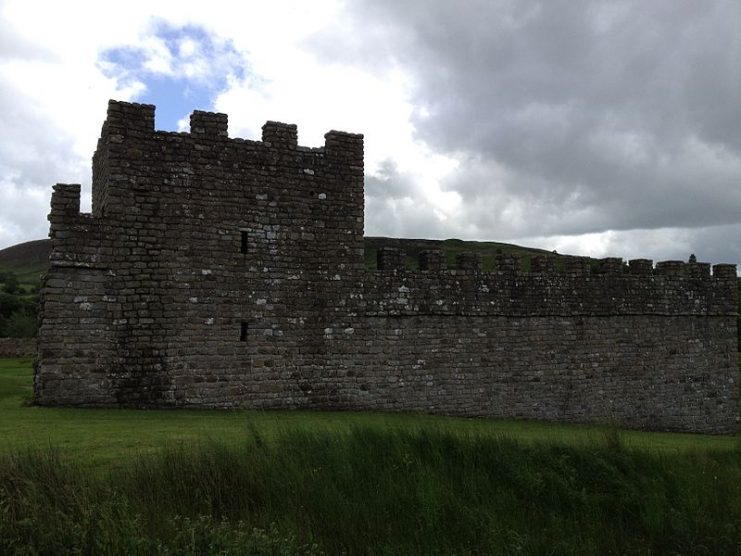
Read another story from us: Celtic Warriors Limit Roman Power at Hadrian’s Wall
The wall served its purpose, guarding the Empire’s interests in Northern England. Even now, it stands as proof that the design and engineering skills of the Romans were unparalleled at the time. It also fulfilled its function to help keep the peace, as no one could amass an army large enough or strong enough to go around it or over it.
